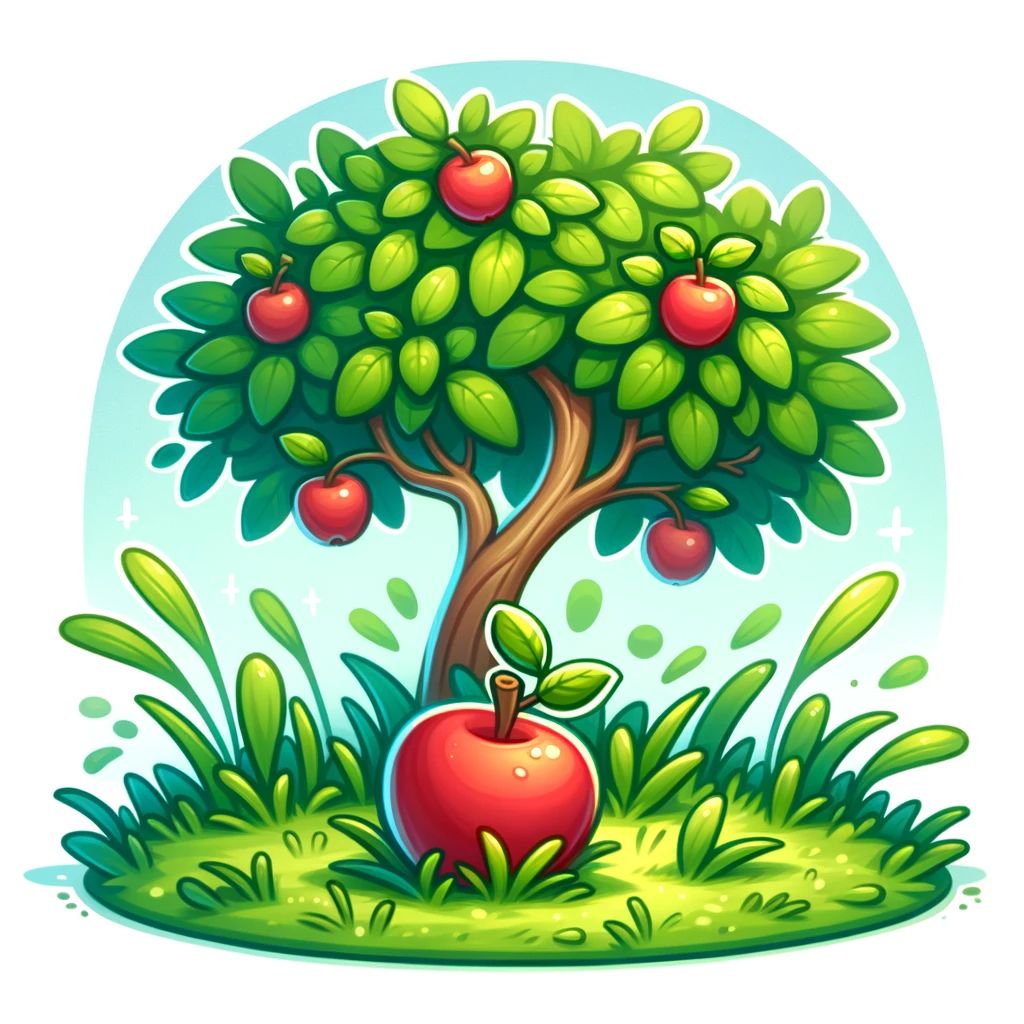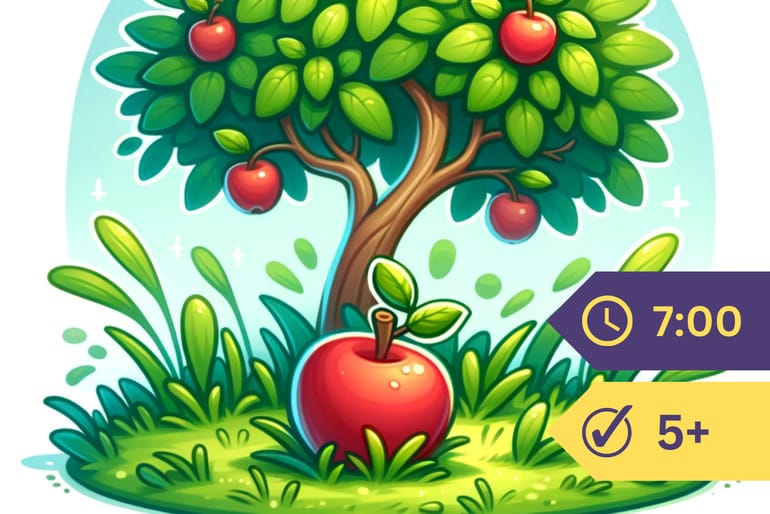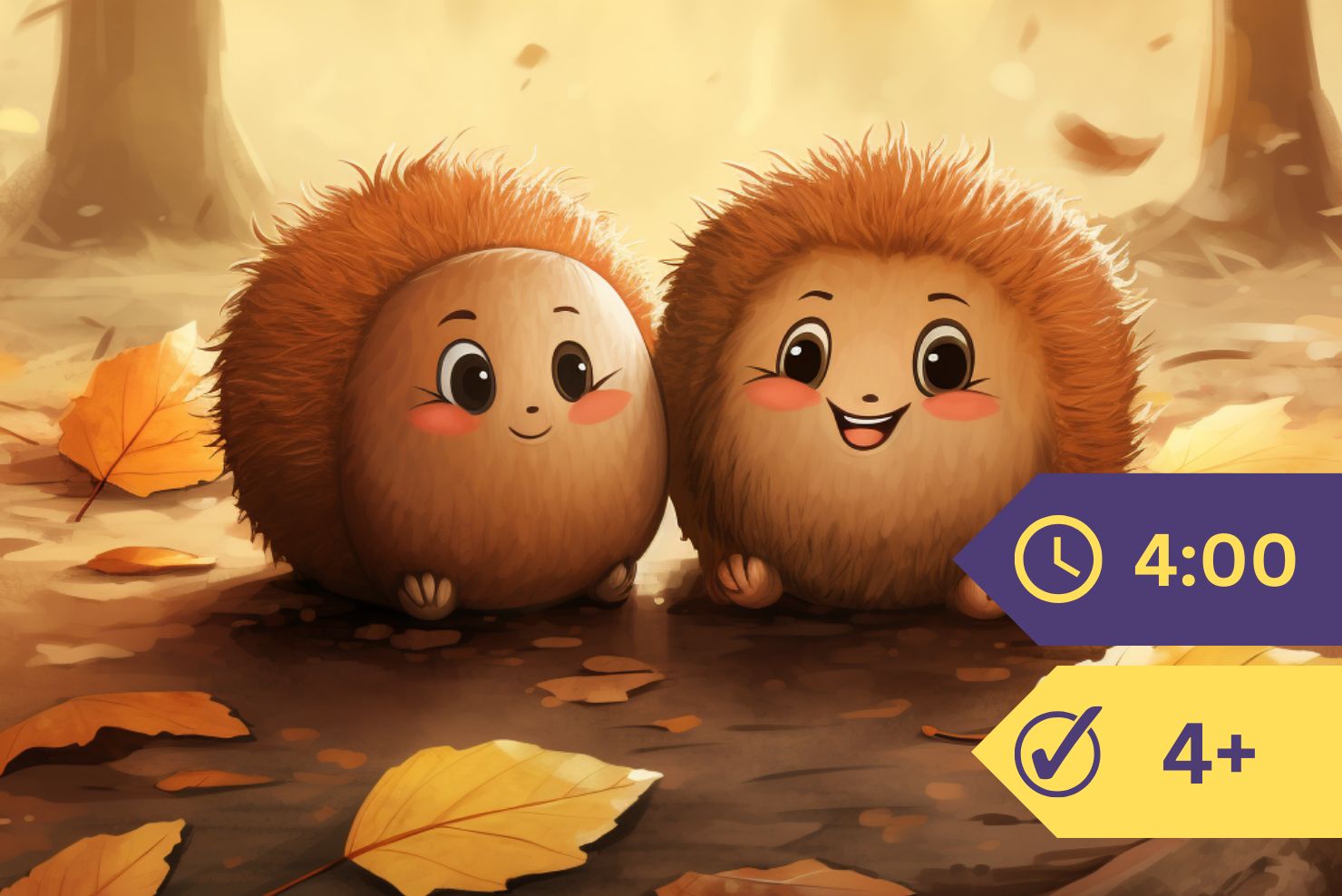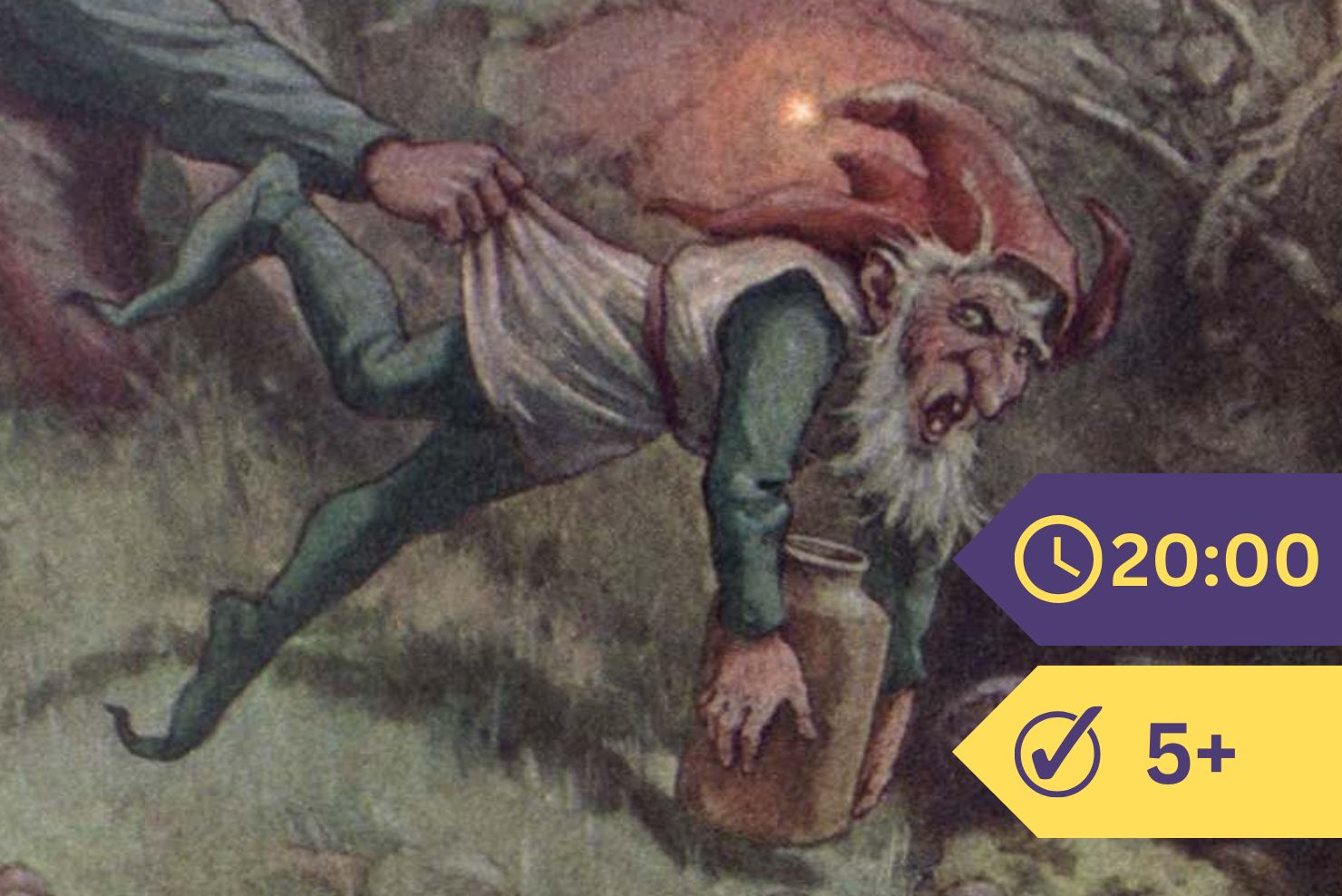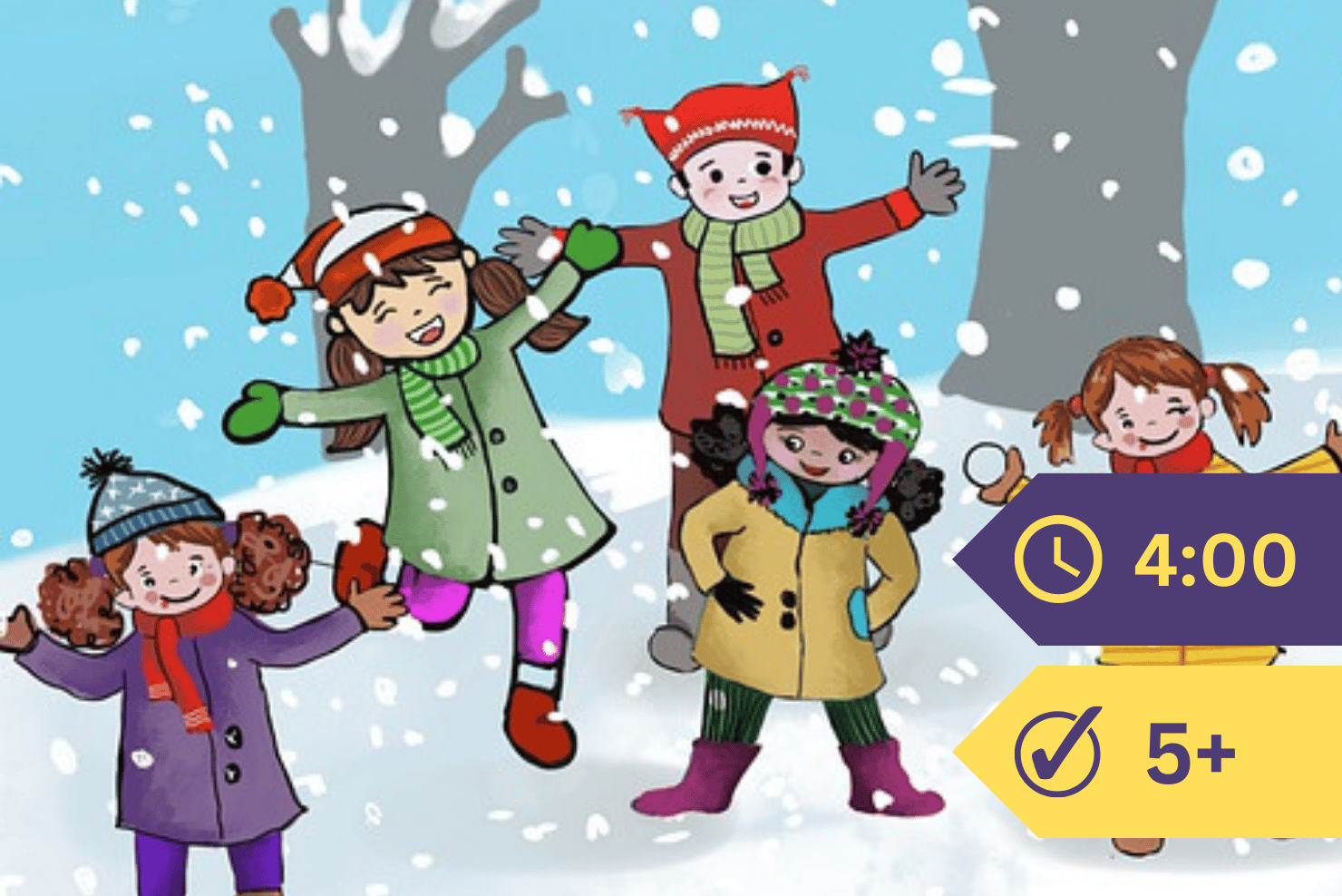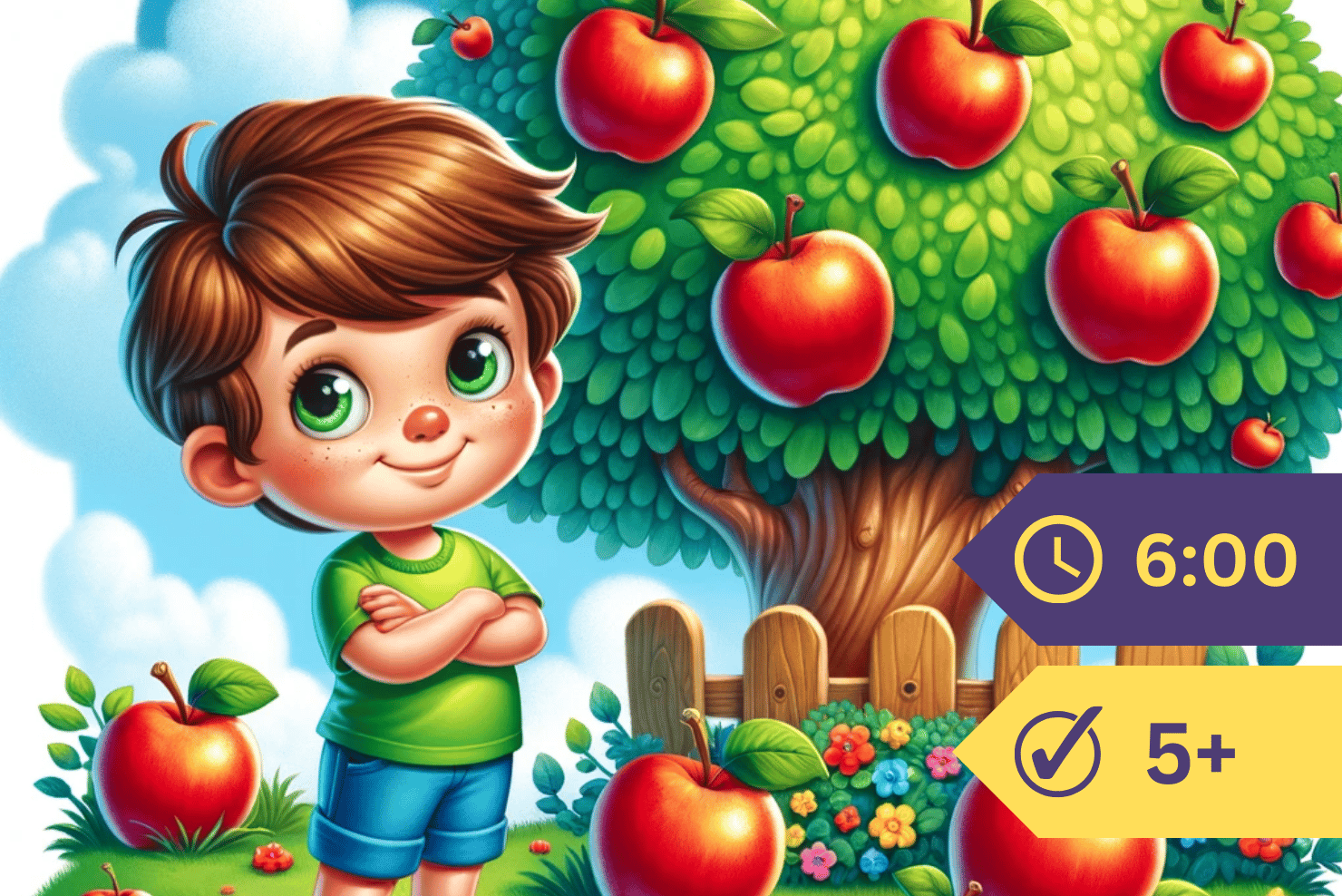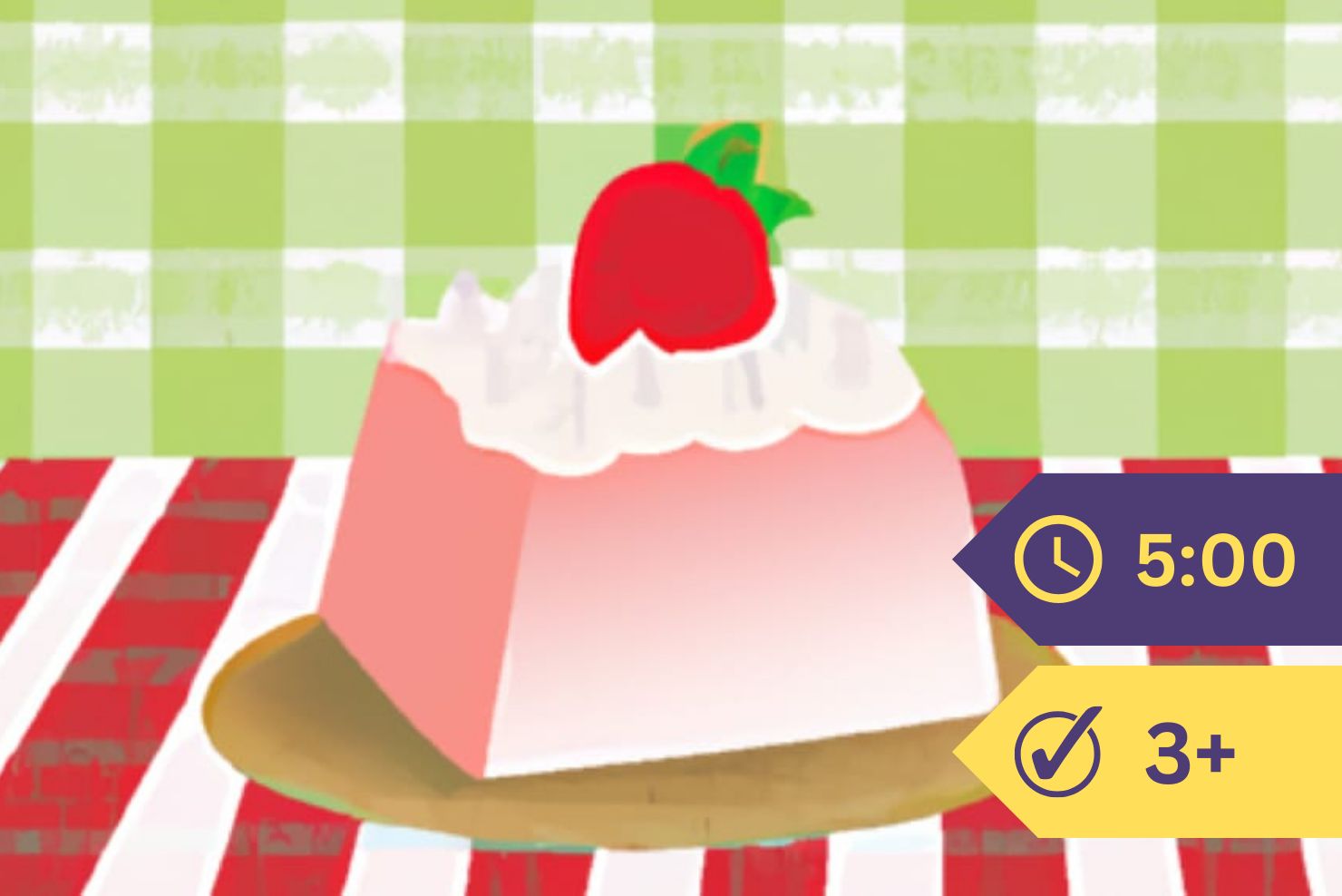Some time ago you noticed that apple seeds were packed away within the apple as neatly as though they were precious jewels in their case.
When we see something done up very carefully, surrounded with cotton wool, laid in a beautiful box, and wrapped about with soft paper, we feel sure that the object of all this care is of value. Even the outside of such a package tells us that something precious lies within.

But what precious jewels could be laid away more carefully than these apple seeds? And what jewel case could boast a more beautiful outside than this red-cheeked apple?
Pass it around. Note its lovely color, its delicate markings, its satin-like skin. For myself, I feel sure that I never have seen a jewel case one half so beautiful.
Then cut it open and see how carefully the soft yet firm apple flesh is packed about the little seeds, keeping them safe from harm.

But perhaps you think that anything so good to eat is not of much use as a protection. It takes you boys and girls about half a minute to swallow such a jewel case as this.
But here comes the interesting part of the story.
When you learn how well able this apple is to defend from harm its precious seeds, I think you will look upon it with new respect, and will own that it is not only a beautiful jewel case, but a safe one.
All seeds need care and wrapping-up till they are ripe; for if they fall to the ground before they are well grown, they will not be able to start new plants.
You know that you can tell whether an apple is ripe by looking at its seeds, for the fruit and its seeds ripen together. When the apple seeds are dark brown, then the apple is ready to be eaten.
But if, in order to find out whether an apple was ripe, you were obliged always to examine its seeds, you might destroy many apples and waste many young seeds before you found what you wished; so, in order to protect its young, the apple must tell you when it is ready to be eaten in some other way than by its seeds.
How does it do this? Why, it puts off its green coat, and instead wears one of red or yellow; and from being hard to the touch, it becomes soft and yielding when you press it with your fingers. If not picked, then it falls upon the ground in order to show you that it is waiting for you; and when you bite into it, you find it juicy, and pleasant to the taste.
While eating such an apple as this, you can be sure that when you come to the inner part, which holds its seeds, you will find these brown, and ripe, and quite ready to be set free from the case which has held them so carefully all summer.
But how does the apple still further protect its young till they are ready to go out into the world?
Well, stop and think what happened one day last summer when you stole into the orchard and ate a quantity of green apples, the little seeds of which were far too white and young to be sent off by themselves.
In the first place, as soon as you began to climb the tree, had you chosen to stop and listen, you could almost have heard the green skins of those apples calling out to you, “Don’t eat us, we’re not ripe yet!”
And when you felt them with your fingers, they were hard to the touch; and this hardness said to you, “Don’t eat us, we’re not ripe yet!”
But all the same, you ate them; and the sour taste which puckered up your mouth said to you, “Stop eating us, we’re not ripe yet!”
But you did not pay any attention to their warnings; and, though they spared no pains, those apples were not able to save their baby seeds from being wasted by your greediness.
But there was still one thing they could do to prevent your eating many more green apples, and wasting more half-ripe seeds. They could punish you so severely for having disobeyed their warnings, that you would not be likely very soon to do the same thing again.
And this is just what they did.
When feeling so ill and unhappy that summer night from all the unripe fruit you had been eating, perhaps you hardly realized that those apples were crying out to you,—
“You would not listen to us, and so we are punishing you by making you ill and uncomfortable. When you saw how green we were, we were begging you not to eat us till our young seeds were ripe. When you felt how hard we were, we were trying to make you understand that we were not ready for you yet. And, now that you have eaten us in spite of all that we did to save ourselves and our seeds, we are going to make you just as unhappy as we know how. Perhaps next time you will pay some heed to our warnings, and will leave us alone till we are ready to let our young ones go out into the world.”
So after this when I show you an apple, and ask you what you know about it, I fancy you will have quite a story to tell,—a story that begins with one May day in the orchard, when a bee went flower visiting, and ends with the little brown seeds which you let fall upon the ground, when you had finished eating the rosy cheeks and juicy pulp of the apple seed case. And the apple’s story is also the story of many other fruits.
